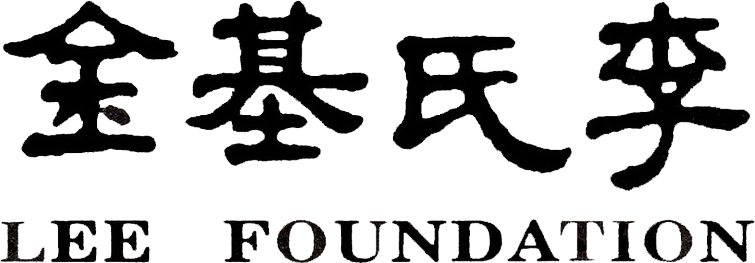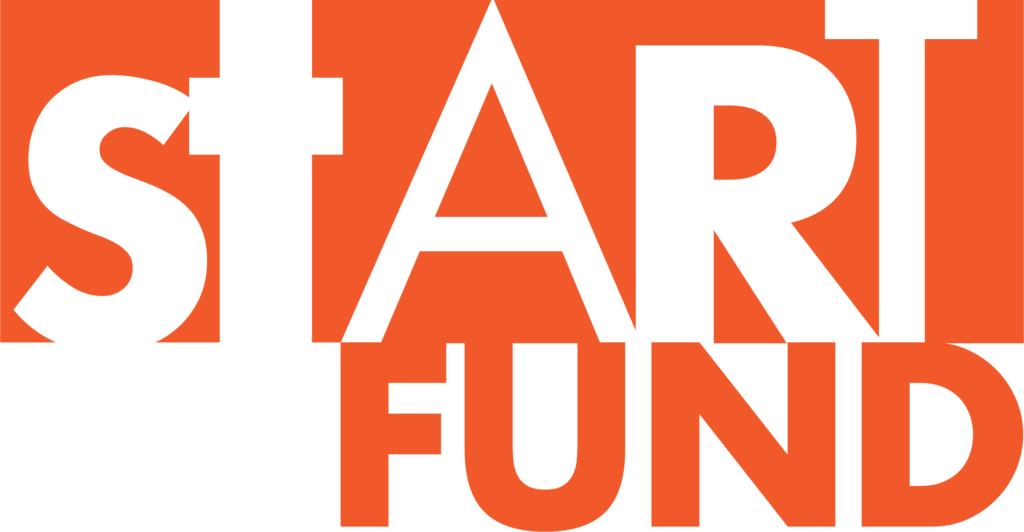Dr Tara Rajkumar introspects on Mohiniattam then, and now and comments that with aspiring young dancers practising and researching this dance form, Mohiniattam is all set to shine
It is now more than half a century since I first delved into the dance art of Mohini, the proverbial Vishnu Maya. The enchanting illusion of Lord Vishnu, all prevailing, is often depicted in Hindu mythology as a powerful beacon of beauty, grace, and enchantment. Mohini then becomes a divine force to reckon with, destroying evil and restoring peace on earth. When defining Mohiniattam the aim of the dancer should be to try and capture at least that desirable element of the Lord and embed it in the dancing and storytelling.
Yet, beyond mythology, reality sadly speaks of another truth. Mohiniattam was rather desolate in the immediate post-colonial past. The dance and its practitioners were shamed into disownership and destitution. A cultural resurgence and re-establishment through the 1930s and 1940s all over India took root in Kerala as well. In the deft hands of the visionary poet Mahakavi Vallathol, the Kerala Kalamandalam was established. The revival of Kathakali and the performing arts of Kerala was propagated with care and deep commitment.
Mohiniattam too was given a new lease of life. Dominated by Kathakali in its own home and by Bharatanatyam outside it, Mohiniattam languished, and progress was slow in the first few decades. Many of the gurus who choreographed for Mohiniattam were primarily teachers of Bharatanatyam and watered down their advaus to suit the wide stance, soft footwork, and undulating movements central to Mohiniattam. This resulted in a less than exciting and lacklustre repertoire and Mohiniattam was often referred to as the poor cousin of Bharatanatyam.
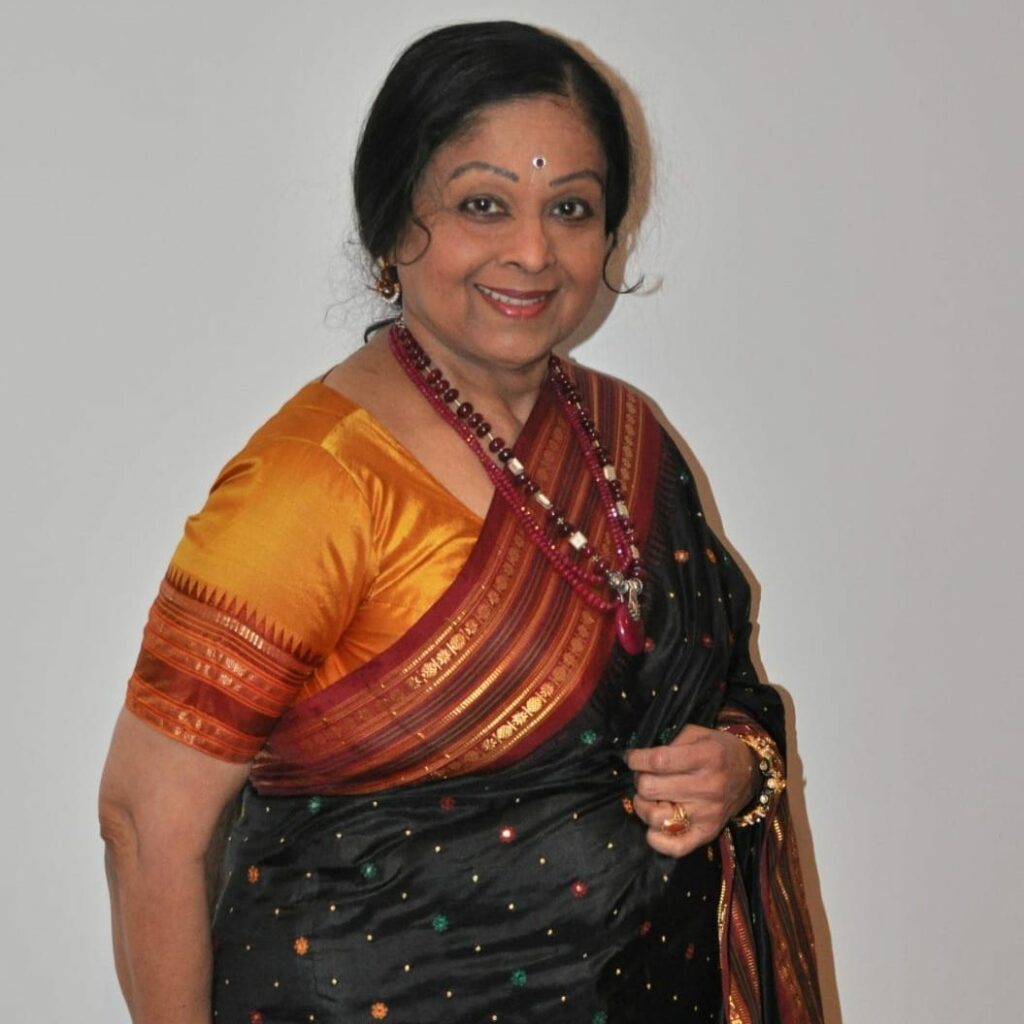
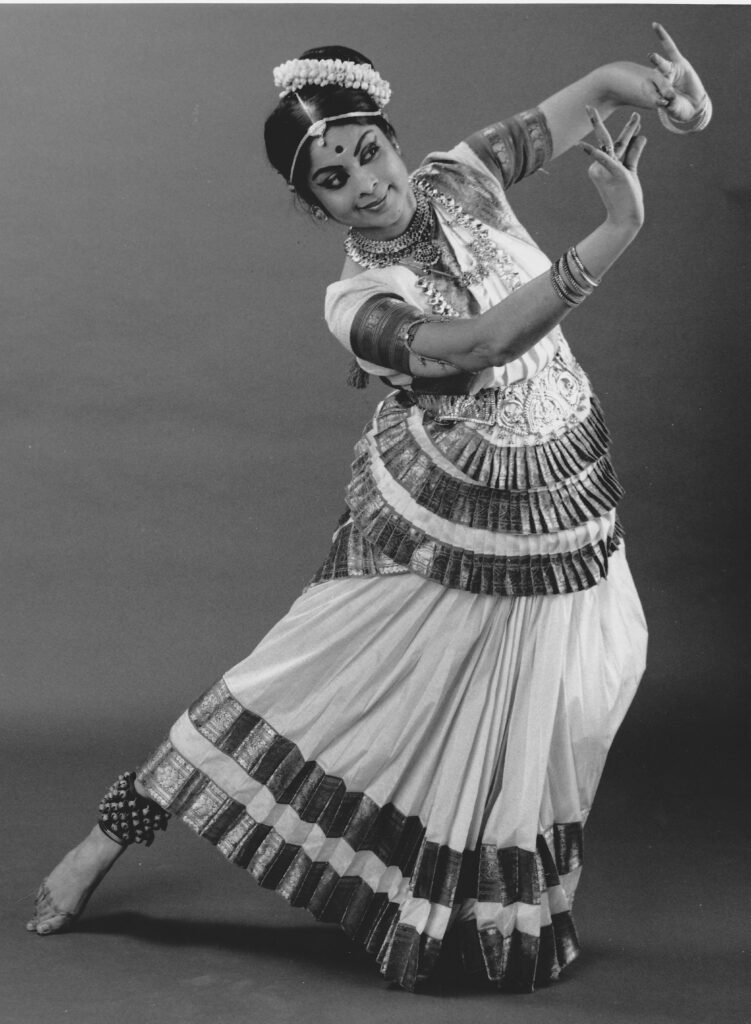
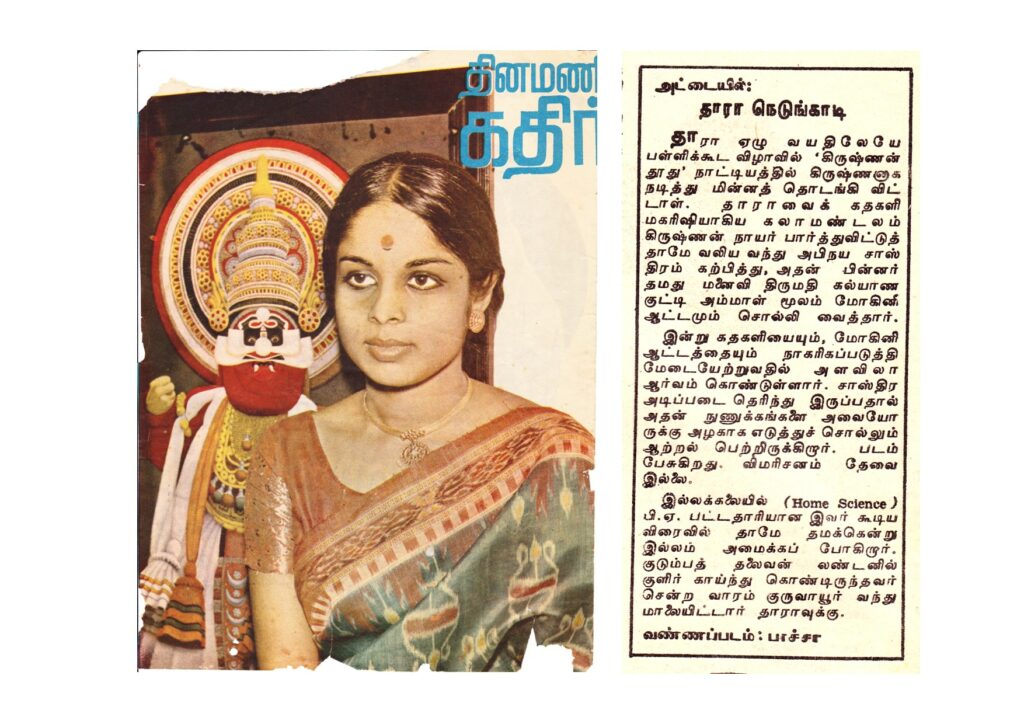
Fortunately, Mohiniattam has gained immensely through the astute, exemplary, and extraordinary work of a few pioneers who have made major inroads and added invaluable facets which have lifted this style as a major Ekahara lasyanga form to emerge from Kerala. For example, the work of Padmabhushan Kanak Rele in the late 1960s and 70s highlighted the strength of abhinaya, the powerful signature of the theatre arts of Kerala arts and its seminal role in realising the potential of Mohiniattam. The genius of Kavalam Narayana Panicker provided a whole new dimension with his emphasis on the Sopana style of music and its bearing on Mohiniattam performances through the expansion of the Mohiniattam repertoire. The pioneering work at the Kerala Kalmandalam was defined by two fine gurus Chinnammuamma and Kalyanikutti Amma. Their parampara/lineage has sustained the Mohiniattam style, its growth and evolution through the decades.
Learning Mohiniattam from guru Smt. Kalyanikutti Amma in the mid-1960s was a great blessing for me. Over the decades I have worked hard to build my repertoire with deep research and actively developing choreographies that mirror the growth of the dance style. Every decade is marked by a few additional practitioners who leave their mark on enhancing the dance form.
I also had the unique good fortune and opportunity to study the sopana mode of music from the edakka maestro Njaralathu Rama Poduval. My years of intense training in Kathakali, the Kerala tala systems and sopana music and the intrinsic knowledge gained through this experience was invaluable and essential for the evolution and growth of my Mohiniattam repertoire.
The leading practitioners emerging from the main schools of Mohiniattam have rich legacies to protect and enhance. Every committed dancer has the responsibility to stay true to pedagogy while at the same time enhancing one’s own performance through theoretical and practical research.
The past two years of COVID isolation come with a silver lining. The phenomenal reach through internet technology became the unexpected saviour by linking like-minded artists towards an international awakening and coming together. This is benefitting the performing arts, emerging artists as well as the gurus, and provides a powerful window into the world of Mohiniattam and the Kerala theatre arts. Among the bright, aspiring young dancers, there is a healthy number researching Mohiniattam and working towards their postgraduate degrees. This augurs well for Mohiniattam which is all set to shine.
It was 1973, just a year after I came to London, the city which was quite the centre of the arts world. I received a gift parcel from the eminent dance historian and critic, late Padma Shree Dr Sunil Kothari, Sunil Bhai, who had encouraged me in the 1960s in India when I was striving to develop a complete repertoire in the Mohiniattam style. His gift was the March 1973 issue of Marg on Mohiniattam with his message dated 6 July 1973: “To Tara Rajkumar with best wishes and wanting her to take off further from this number and enrich the style further”.
My efforts were drawing accolades and starting to find success when I left India for England. The respected dance and music critic Subbudu gave me a memorable send off by putting me on the cover of the well-known Tamil magazine Dinamani Kathir in September 1971. From then, I have never looked back. Presenting and dancing Mohiniattam all over Britain, Europe, and later in Australia, I have had the privilege of growing with the style, adapting and enhancing the presentation for largely non-Indian audiences. I was privileged to start the first schools for Mohiniattam in Britain in the 1970s and Australia in the 1980s.
Those were early days with fewer Indian diaspora interested in the classical performing arts. Running a Mohiniattam school in Melbourne with a large number of students from many different ethnic backgrounds and presenting numerous arangetrams were ground-breaking. We worked with a pioneering zeal to take Mohiniattam and Indian performing arts to prestigious festivals and venues across Australasia. Monash Asia Institute, Monash Performing Arts Centre and the Music Department at Monash University allowed me to foster several collaborations and courses. Thirty years on, it is fantastic that the Indian Performing Arts Convention (IPAC) is bringing the performing arts of India to Melbourne and specially at Monash University later this year.
The writer, recipient of Medal of the Order of Australia (OAM) has made distinguished contributions to Indian and cross-cultural performing arts in Australia, United Kingdom, and India for over five decades as a dancer, choreographer, artistic director, and teacher. She has taken the Indian classical dance forms of Kathakali and Mohiniattam and contemporary productions based on South Asian dance genres to many parts of the world from village halls to prestigious venues.




